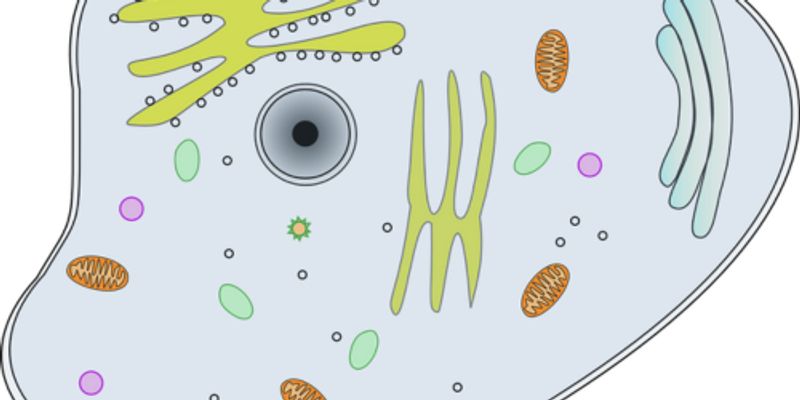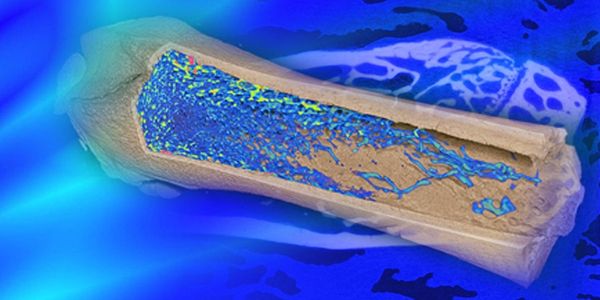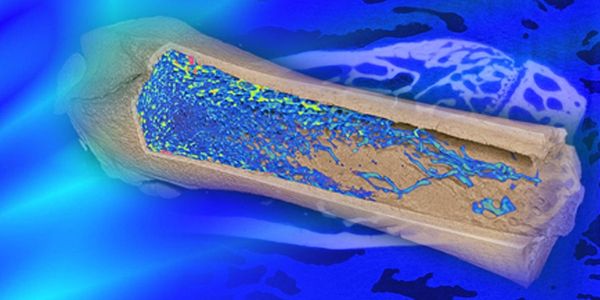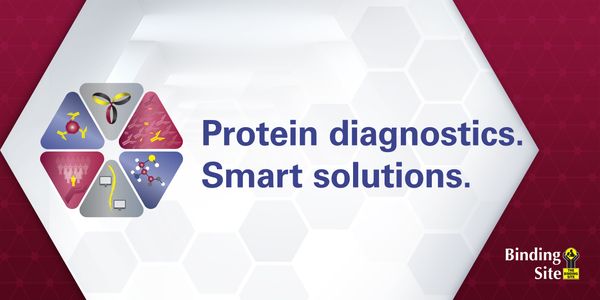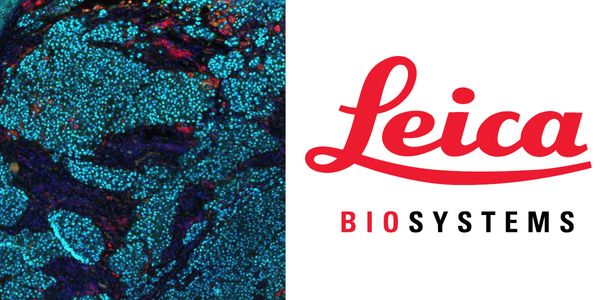FEB 07, 2019 | 8:00 AM
Date: February 7, 2019Time: 8:00am PST, 11:00am EST Modern microscopes are becoming increasingly complex instruments enabling registration of image sets far beyon...
The biologics development process is fraught with risks from pre-clinical studies through clinical evaluation. Prominent among these risks are changes in the critical quality attributes of th...
DEC 12, 2018 | 8:00 AM
DATE: December 012, 2018TIME: 08:00 PSTImmunotherapy is a powerful treatment that harnesses the body’s immune system in the fight against cancer. With optimized cell therapy,...
DEC 06, 2018 | 7:00 AM
DATE: December 06, 2018TIME: 7:00AM PSTHigh-throughput confocal microscopy has changed the way drug screening can be performed, by enabling the detection of single-cell pheno...
DEC 06, 2018 | 8:00 AM
DATE: December 6, 2018TIME: 11:00am EST, 5:00pm CET Introduction Micro-computed tomography (micro-CT) offers significant advantages o...
DEC 06, 2018 | 1:00 AM
DATE: December 6, 2018TIME: 10:00am CET, 5:00pm CST Intro Micro-computed tomography (micro-CT) offers significant advantage...
NOV 29, 2018 | 9:00 AM
DATE: November 29, 2018TIME: 9:00AM PDTAn overview of primary immune deficiency disorders (PID) and laboratory testing for PIDPrimary immune deficiencies (PIDs), oth...
NOV 28, 2018 | 7:00 AM
DATE: November 28, 2018TIME: 7:00AM PSTSingle-cell genomics enables a deep dive into the mechanisms responsible for health and disease, in areas from cancer biology to neurob...
NOV 20, 2018 | 1:00 AM
DATE: November 20, 2018’TIME: 3:00pm WET Today, hematology analyzers can collect vast amounts of data about cell characteristics, that subsequently improve...
NOV 15, 2018 | 10:00 AM
DATE: November 15, 2018TIME: 10:00am PT, 1:00pm ET Multiplex fluorescence immunohistochemistry offers a window into the biology of human disease, enabling the ana...
NOV 15, 2018 | 7:00 AM
The use of human pluripotent stem cells (hPSCs) for in vitro disease-modeling is limited by the lack of robust and efficient protocols for the differentiation of relevant adult cell types. Pr...
NOV 15, 2018 | 8:00 AM
DATE: November 15, 2018TIME: 11:00am EST, 5:00pm CET Applications of micro-CT technology in endodontics Abstract ...
NOV 15, 2018 | 4:00 AM
Development of physiologically relevant cellular models, with strong translatability to human pathophysiology, is critical for identification and validation of novel therapeutic targets. Cell...
NOV 15, 2018 | 1:00 AM
DATE: November 15, 2018TIME: 10:00am CET, 5:00pm CST Applications of micro-CT technology in endodontics Abstract Microcomputed tomography (mic...
NOV 14, 2018 | 3:00 PM
Neuronal migration defects, including pachygyria, are among the most severe developmental brain defects in humans. Using human genetics approaches, we recently identified bi-allelic truncatin...
With significant decrease in the cost of sequencing in numerous commercial as well as cancer center–driven initiatives, genomic profiling is increasingly becoming routine across multipl...
